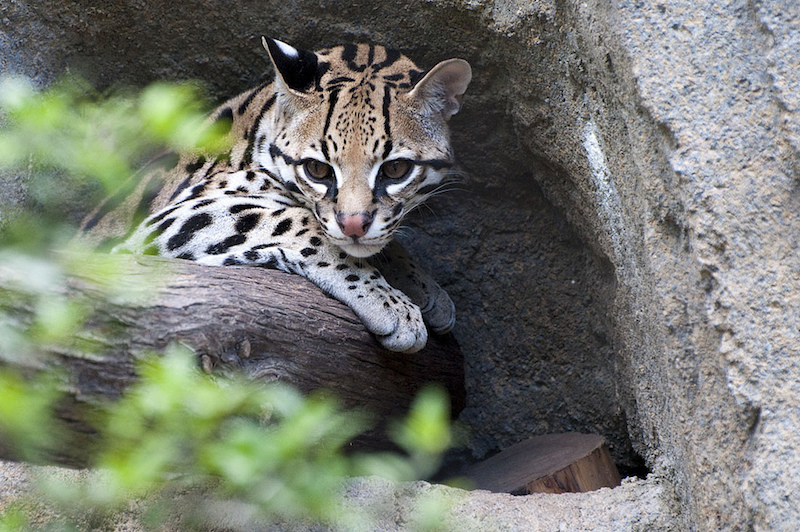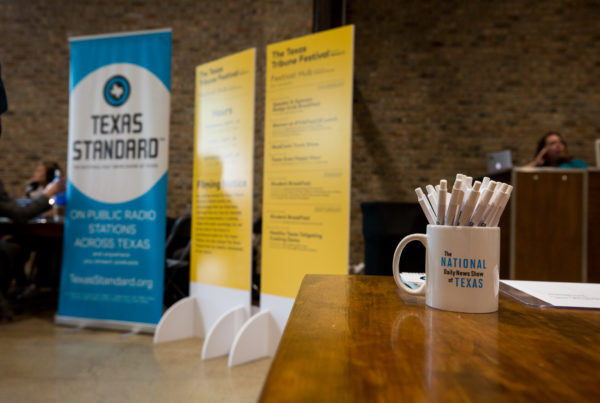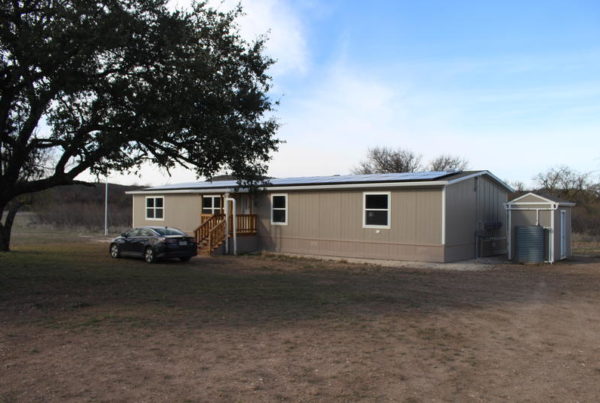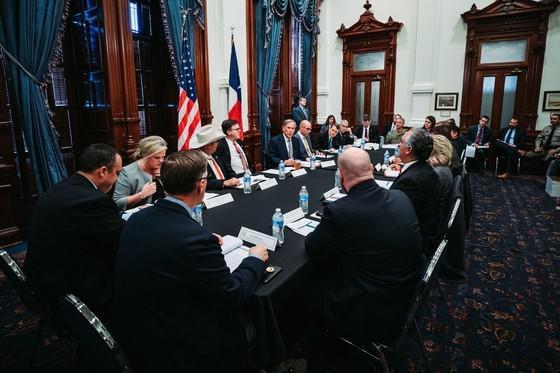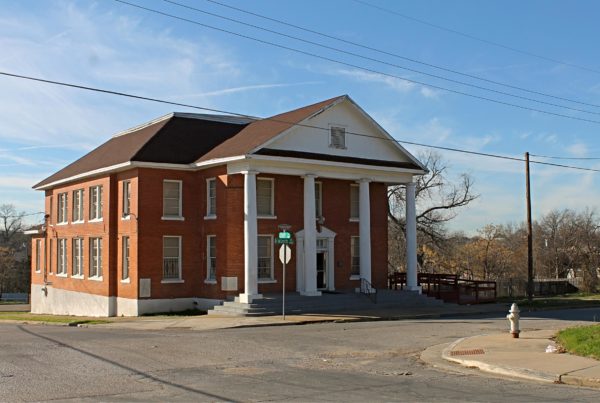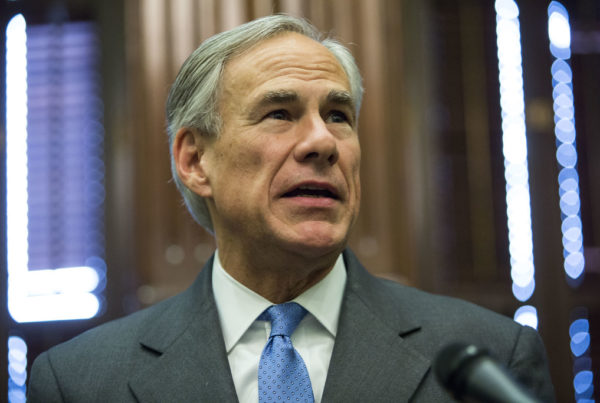The National Butterfly Center in Mission, Texas, is well-known for its fight against President Donald Trump’s border wall. The government had planned to build the wall along the habitat, which is a sensitive space for butterflies that are important pollinators. But that’s not the only environmentally sensitive area along the border that could be affected by wall construction.
NPR’s Southwest correspondent, John Burnett, says some conservationists are troubled by how the Trump administration is trying to build through a series of federal wildlife refuges in South Texas.
The U.S. Fish and Wildlife Service spent about $80 million on 135 properties that serve as nature refuges along approximately 300 miles of the southern border.
“They’ve assembled what they call a ‘string of pearls’ as a corridor for wildlife,” Burnett says.
That wildlife includes bobcats, deer, ocelots and other animals that use the Rio Grande as a source of water and more.
But the Rio Grande is also the border between the U.S. and Mexico.
The U. S. Department of Homeland Security has deemed the wildlife refuges an easier option than trying to buy land from private landowners.
“They’re planning to build through 18 miles of this wildlife refuge … that [the federal government] had set aside for decades for the wild critters down there,” Burnett says.
Written by Caroline Covington.


